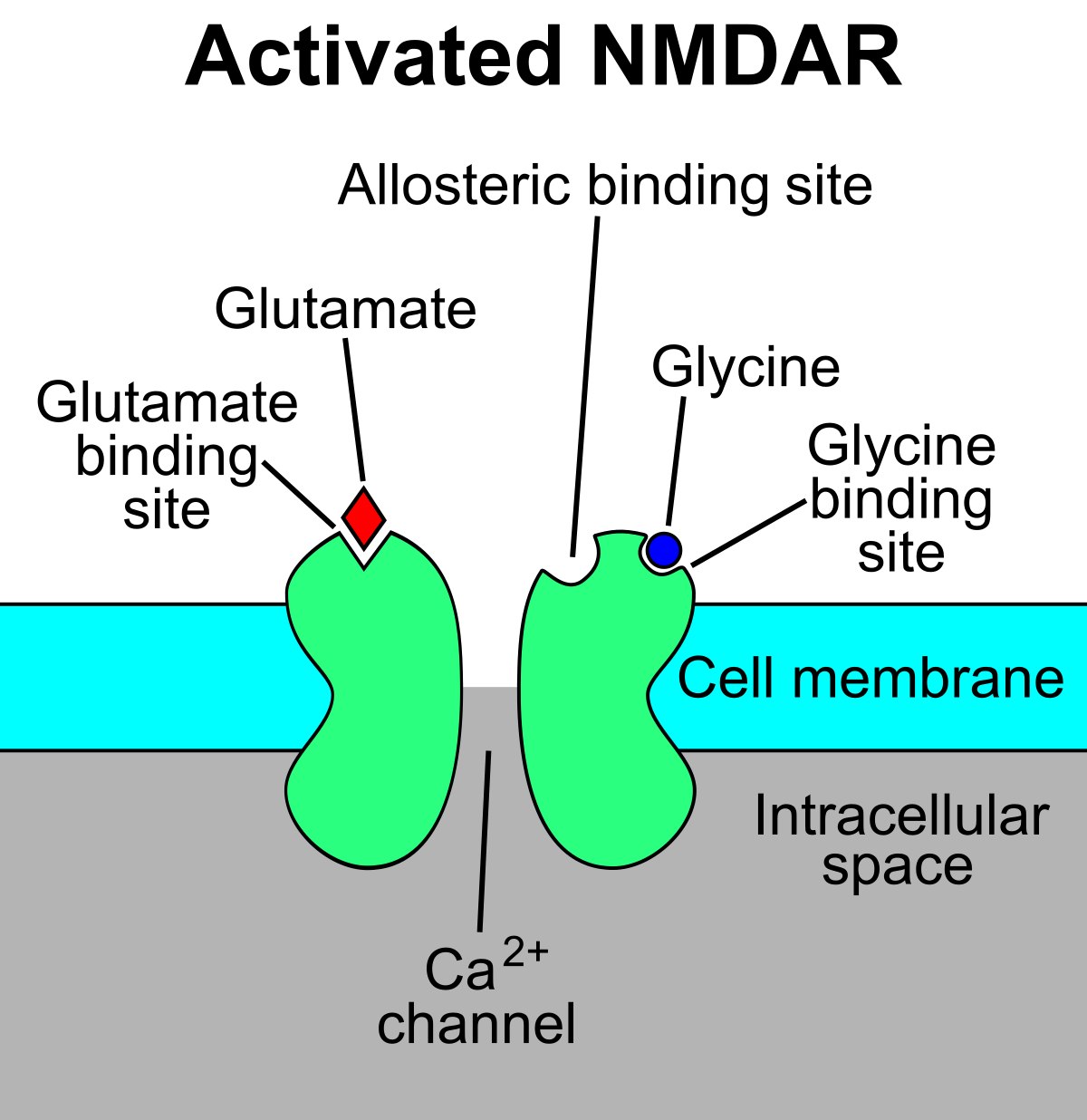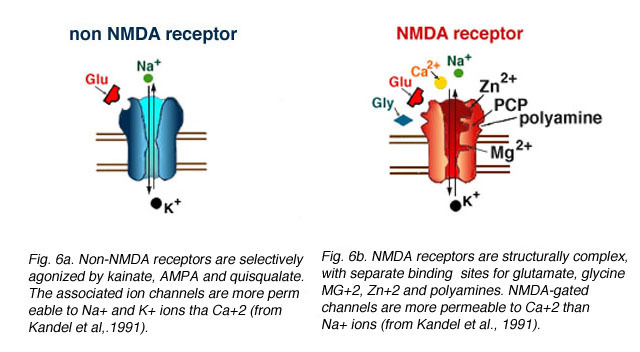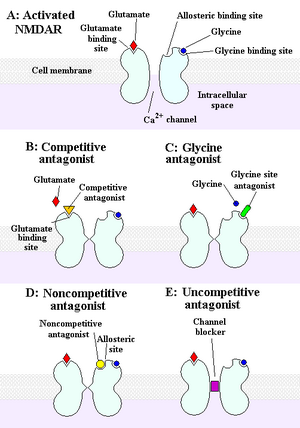What do NMDA receptors do?

NMDA receptor is a type of G protein-coupled ionotropic glutamate receptor that plays a crucial role in regulating a wide variety of neurological functions, including breathing, locomotion, learning, memory formation, and neuroplasticity.
What is sarcosine and cyanamide?
Sarcosine, and cyanamide are the two main components in creatine. C3H7NO2 is sarcosine - Sarcosine is a byproduct of glycine synthesis. Does the body produce L glutamine? L-glutamine can be produced naturally in your body. In fact, it is the most abundant amino acid in the blood and other body fluids ( 5 , 6 ). However, there are times when the glutamine needs of your body are greater than its ability to produce it ( 7 ).
Correspondingly, how is creatine made?
Creatine is a molecule that the body can naturally produce. It's made primarily in the kidneys and completed in the liver, by three amino acids: glycine, arginine and methionine. The amino acids are converted into creatine phosphate and phosphocreatine which is then stored in the skeletal muscles and used for energy. What is serine residue? Serine/Threonine Phosphatases Phosphorylation of proteins on serine, threonine, and tyrosine residues is a major mechanism for regulating the activity of cell proteins and it plays a central role in virtually all signal transduction pathways in eukaryotes.
What is the difference between sodium lauryl sulfate and sodium lauroyl sarcosinate?
Here's the 411: They may have the same initials (SLS), but sodium lauroyl sarcosinate and sodium lauryl sulfate are NOT the same thing. Sodium lauroyl sarcosinate is only similar to sodium lauryl sulfate in that they're both surfactants, but that's about where it ends. Where does glycine come from? Although glycine is made naturally by the body, it can also be found in a range of common foods, including meat, fish, dairy products, and legumes. These protein-rich foods should provide the body with enough glycine to function healthily without the need for glycine supplementation.






Similar articles
- What happens when you block NMDA receptors?
- Does Acetyl-L-carnitine increase androgen receptors?
Studies have shown that 2g of L-carnitine can increase androgen receptors in just 3 weeks. It may also promote exercise recovery [4]. NOTE: When taking a carnitine supplement, make sure you are taking alpha-lipoic (ALA), which is a fat-soluble antioxidant.
- Can dopamine receptors heal?
- How do you heal dopamine receptors?
Here are the top ten natural ways to increase your dopamine levels. Get lots of protein. Proteins are made of smaller building blocks called amino acid. Reduce saturated fat intake. Consume probiotics. Velvet beans are a good choice. Get enough sleep. Listen to music.
 Drugs Forum
Drugs Forum
